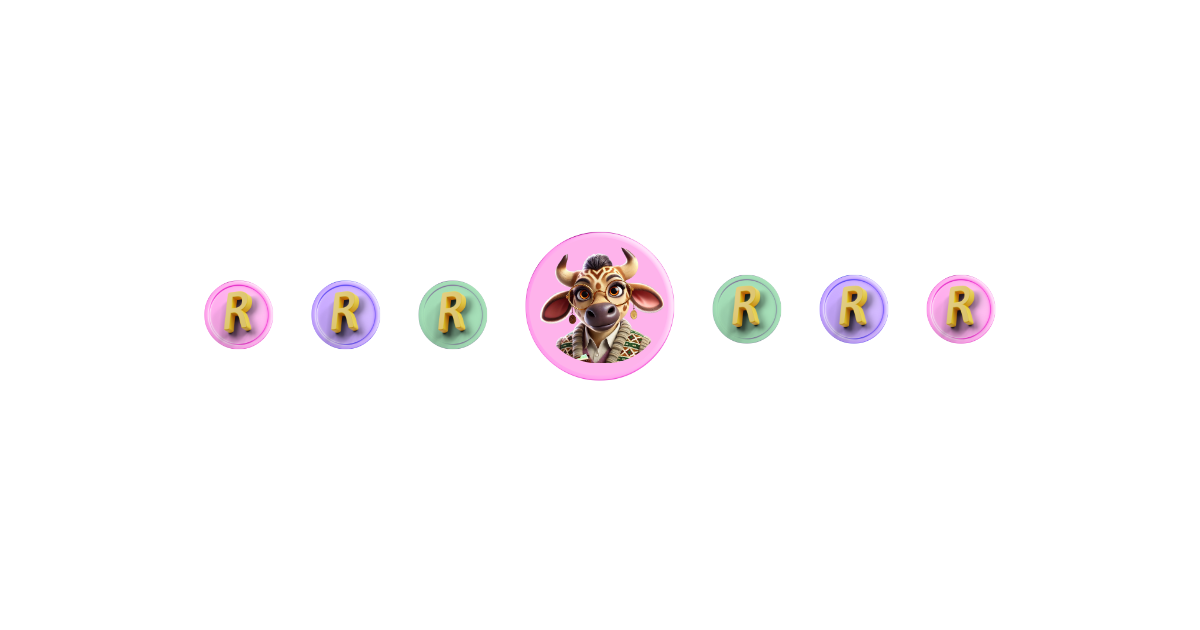

Saving is easy. Spending smart? Well, that’s the real skill. Here’s how to teach kids smart spending habits that build confidence, reflection, and fewer regrets
Most kids are taught how to earn money. Some are even encouraged to save it.
But very few are taught how to spend it wisely.
And yet, spending is where money meets meaning. It’s where values, priorities, and self-control show up loud and clear.
The truth is that smart spending habits are one of the strongest predictors of long-term financial health. These habits help kids move beyond impulse and emotion, and into thoughtful decision-making.
So it’s not about saying “No” every single time, but rather it’s about learning to say “Yes” to the right things.
Here are some helpful pointers to teach kids smart spending habits.
A Mindset to Cultivate: Choose with care
When kids get money, it often feels like it comes with an expiry date. That “burning a hole in your pocket” feeling is so real.
But what if we helped them reframe that instinct from “use it or lose it” to “choose with care”?
Every spending decision is a trade-off.
Buying this toy means not buying that treat later. So instead of rushing, we can ask:
“Do you really want this, or do you just want to buy something?” or “Which of these will still feel worth it next week?”
Smart spending means choosing what matters most overall, not just the bright, shiny new thing right in front of you.
Check this out: How to teach kids to budget.
A Habit to Form: Wait 24 hours
If your mini millionaire wants to buy something non-essential, simply ask them to wait one day. Just wait 24 hours before buying the item.
That simple pause gives the impulse a chance to fade and allows for reflection to settle in.
Even better? Why don't you start a “spending journal” where they jot down how they felt after each purchase? Over time, they’ll start noticing patterns of behaviour, thinking, and even feelings which they can lean back on with future spending decisions they’re faced with.
Even feeling regret can be beneficial. Ever thought: “Wow, I wish I hadn't bought that thing”? It’s a powerful motivator, and a lesson little ones can learn on their smart money journey.
Remember, a pause before purchase is pretty powerful.
Read This: Learn how to teach kids delayed gratification.
A Tip to Try: Give them a Spending Wallet
Give your child a small weekly budget (even as little as R20 works) and let them decide how to use it. Then, review the spend together:
- What did they buy?
- Was it worth it?
- Would they do it again?
Use labels like “Smart Buy,” “Impulse Buy,” or “Regret Buy” to talk about their purchases without judgment. Very often, the lessons we learn ourselves are the ones that stick the most. And there’s nothing better than some serious low-stakes spending like R20 to help our mini millionaires feel safe to make mistakes, learn from them, and grow in confidence to go onto bigger spending opportunities, they’ll hopefully make the right decisions on.
Small spending choices now mean smarter big ones later.
They've got to be knowing where their spend is going. So check out: How to teach kids to track their spending.
Use Our Spend Stars Chart
Our Spend Stars chart helps kids reflect on each purchase they make.
They write down the item, how much it cost, and rate it from 1 (“I wish I didn’t buy it”) to 5 (“I’ll treasure this forever”).
By tracking and reviewing their spending choices, kids begin to understand value, cost, and what really matters to them. It’s a hands-on way to build financial awareness.
Download the Spend Stars chart, print it, and pop it in their spending journal, ready to guide the next money decision they make.
